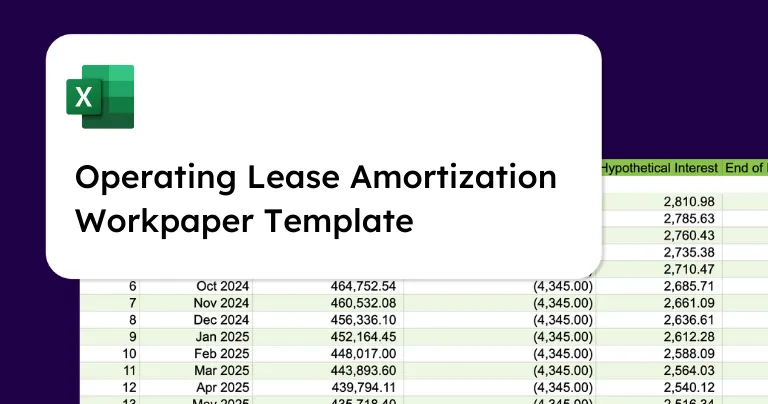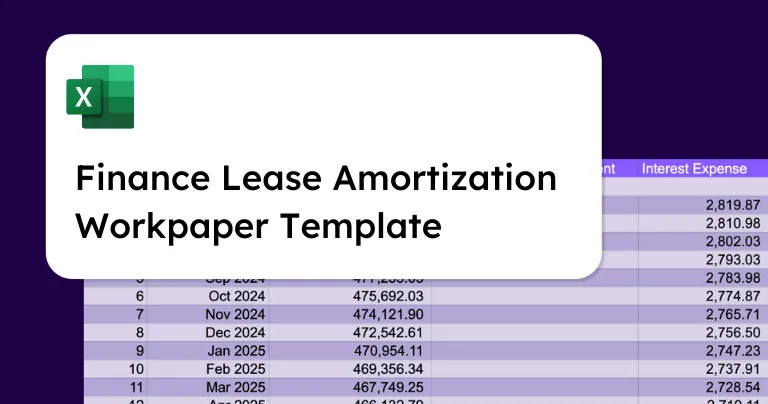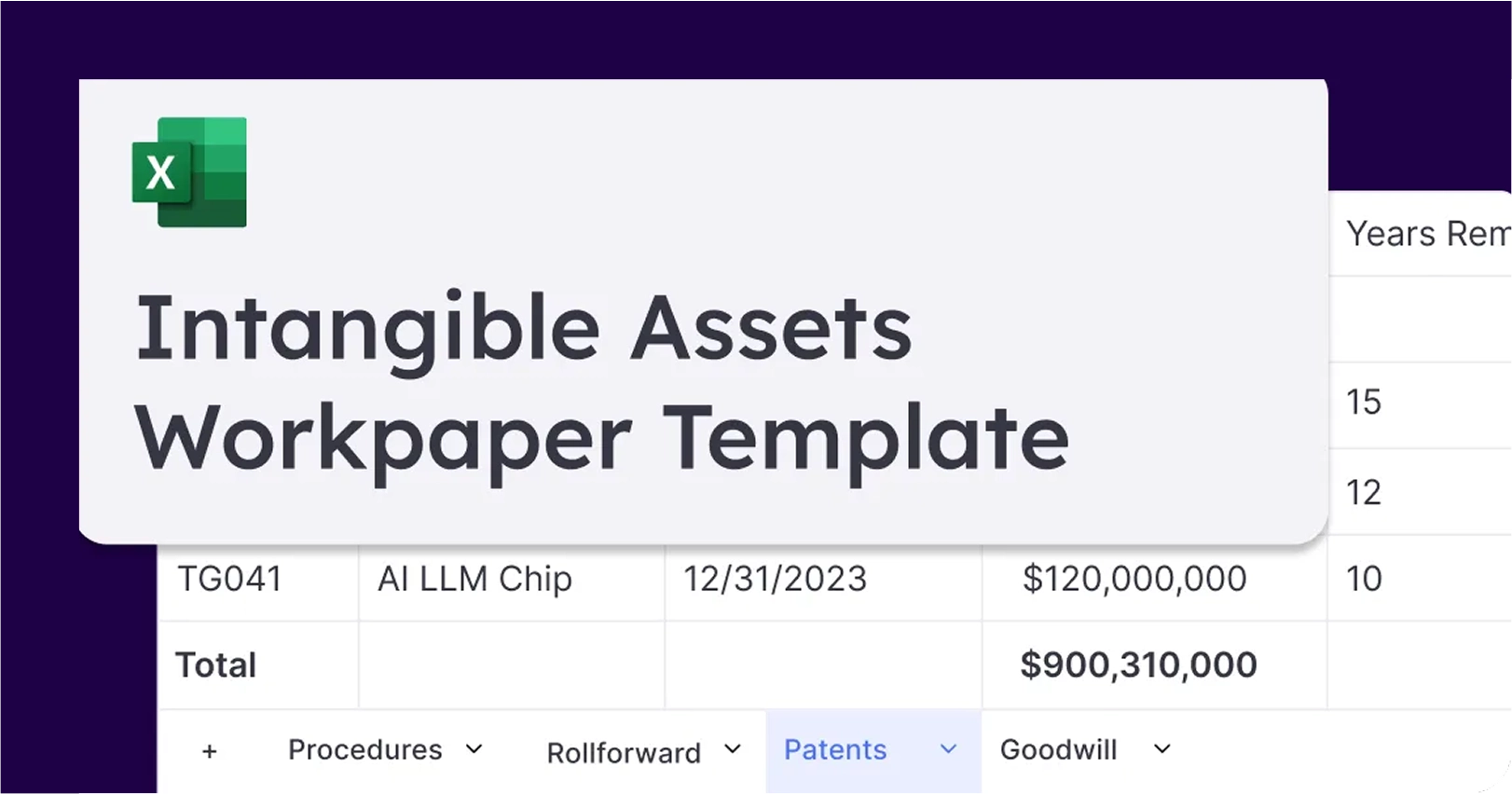Bank Reconciliation Template
Using our customizable bank reconciliation template, reconcile your bank records with ease during month-end.
This Bank Reconciliation Template is designed for financial controllers, accounting managers, and bank reconciliation professionals who want to streamline their month-end close process for bank reconciliations. Whether you're working in a small business or a large company, this template will help you ensure accuracy, identify discrepancies, and maintain financial integrity.
Read our full overview on what’s involved in bank reconciliations here.
What is Bank Reconciliation?
Bank reconciliation is the process that helps you ensure your company's accounting records match your bank statements. It's a core account reconciliation and a way to double-check that the money you think you have matches what's in your company’s bank account. This process is crucial for performing accurate financial reporting and managing cash flow effectively.
Bank reconciliations can be classified into two main types: month-end and ongoing.
Month-end Bank Reconciliation
As a key part of the balance sheet reconciliation process, month-end bank reconciliations are performed at the end of each month to ensure that all bank transactions for the period are accounted for. This process involves matching the bank statement with the company's general ledger account balance, identifying discrepancies, and making necessary adjustments. We’ll dive deeper into how to perform this recon below.
Ongoing Bank Reconciliation
Ongoing bank reconciliations are conducted more frequently, such as weekly or even daily, to maintain real-time accuracy in financial records. These reconciliations typically involve live transaction matching between an accounting system and a live feed from a financial institution, and reduce the risk of errors and fraud.
How to Use This Template
This Bank Reconciliation Template is designed to be customizable.
Template Purpose: Summarize reconciling items between bank statement and general ledger balance.
Template Sources: Bank statement from "XYZ Bank", listing of Deposits in Transit and Checks Outstanding maintained by the accounting team.
Process Overview
Bank Reconciliation at month-end typically involves referencing:
- The trial balance from your GL account
- Your bank statements
- Any additional reconciling items (deposits in transit, checks outstanding, etc.)
If your general ledger balance matches the bank statement balance, you may very well not need this template! In those cases, the bank statement may be uploaded directly as a reconciling source. Here’s a deep dive on bank reconciliation that breaks down this process in greater detail.
That being said, in some situations the necessary detail for bank recons isn’t pulled into your GL or, due to business nuance, you may want to manage bank reconciliations manually.
If that’s the case, then make a copy of this template and follow these procedures:
- During the month, ensure that any manual checks issued are added to the "Checks Outstanding" tracker
- On the last day of the month, evaluate any deposits recorded in the general ledger that may not have yet cleared the bank
- When available (usually the first or second business day of the month), download the bank statement and update the "Balance per Bank" for the month
- Analyze any remaining variance between GL and Bank that’s not explained
If using Numeric: Add this sheet as a reconciliation source for bank recs & we’ll automatically pull in the trial balance from your GL and and the total in this worksheet from the tab labeled "Numeric" for you to tie out each month.
If not using Numeric: each month-end you’ll cross reference worksheet totals & your downloaded trial balance to reconcile the account. Delete the tab labeled "Numeric".
See a full list of account reconciliation templates here.
The Bank Reconciliation Process at Month-End
At month-end for the bank reconciliation process, typically teams will:
- Compare the bank account balance to the cash balance on your company’s balance sheet. The balances will rarely match so don’t be alarmed.
- Dive into your bank statement to find transactions not yet reflected in your company’s books.
- Identify transactions recorded on your books that don’t appear on your bank statement — ex. outstanding checks and deposits in transit.
- Once you’ve identified the discrepancies, make any necessary adjustments.
- Document the entire reconciliation process.
Across the month, ongoing recs will catch any missing transactions, where then teams can make journal entries with the relevant debits and credits to the general ledger.
The Importance of Bank Reconciliation
The bank reconciliation process plays a pivotal role in producing accurate financial statements as well as establishing solid cash flow management. By understanding and implementing bank reconciliation, you can keep polished financial records, detect any bookkeeping discrepancies, and ensure that your recorded cash balances are precise.
- Pinpointing Cash Flow: Bank reconciliation ensures you have a precise understanding of the money flowing in and out of your accounts. Knowing your exact cash position helps you make informed decisions, whether it’s paying a vendor or investing in new equipment. Without reconciliation, you might assume you have more or less money than you actually do, leading to poor financial decisions.
- Highlight Fraudulent Activity: Regular bank reconciliation helps detect discrepancies that may indicate fraud. For instance, if you notice a check amount that doesn’t match the recorded amount in your books, this could be a sign of tampering. By catching these issues early, you can take corrective actions before they escalate.
- Accounts Receivable Management: No one wants to leave money on the table – regular reconciliations help to spot invoices that haven’t been paid. Once identified, you can take steps to collect the payments, such as sending reminders or contacting the customer directly. Addressing these problems promptly ensures that your business maintains a healthy cash flow and reduces the risk of bad debts.
By incorporating this Bank Reconciliation Template into your month-end close workflows, you can streamline your reconciliation efforts, reduce the risk of errors, and ensure the accuracy of your financial records.
How Numeric Helps with Bank Reconciliation
- Stay on top of month-end bank reconciliations with AI scanning of bank statements: For month-end bank recs, teams can pull account balance totals automatically from their bank statements with AI and the trial balance from their GLs. To add, prior period balance monitoring catches any changes since accounts were reconciled.
- Stay organized and audit-ready with clear controls and documentation: Numeric makes it easy to assign tasks to preparers and reviewers, and keeps track of all comments, changes, and submissions in a clear month-end close checklist. When audit time rolls around, auditors can log straight into Numeric and see a complete activity trail, no need for your team to spend hours resurfacing required documentation.
See numeric in action
Thank you for your message!
Your submission has been received.
Oops! Something went wrong while submitting the form.















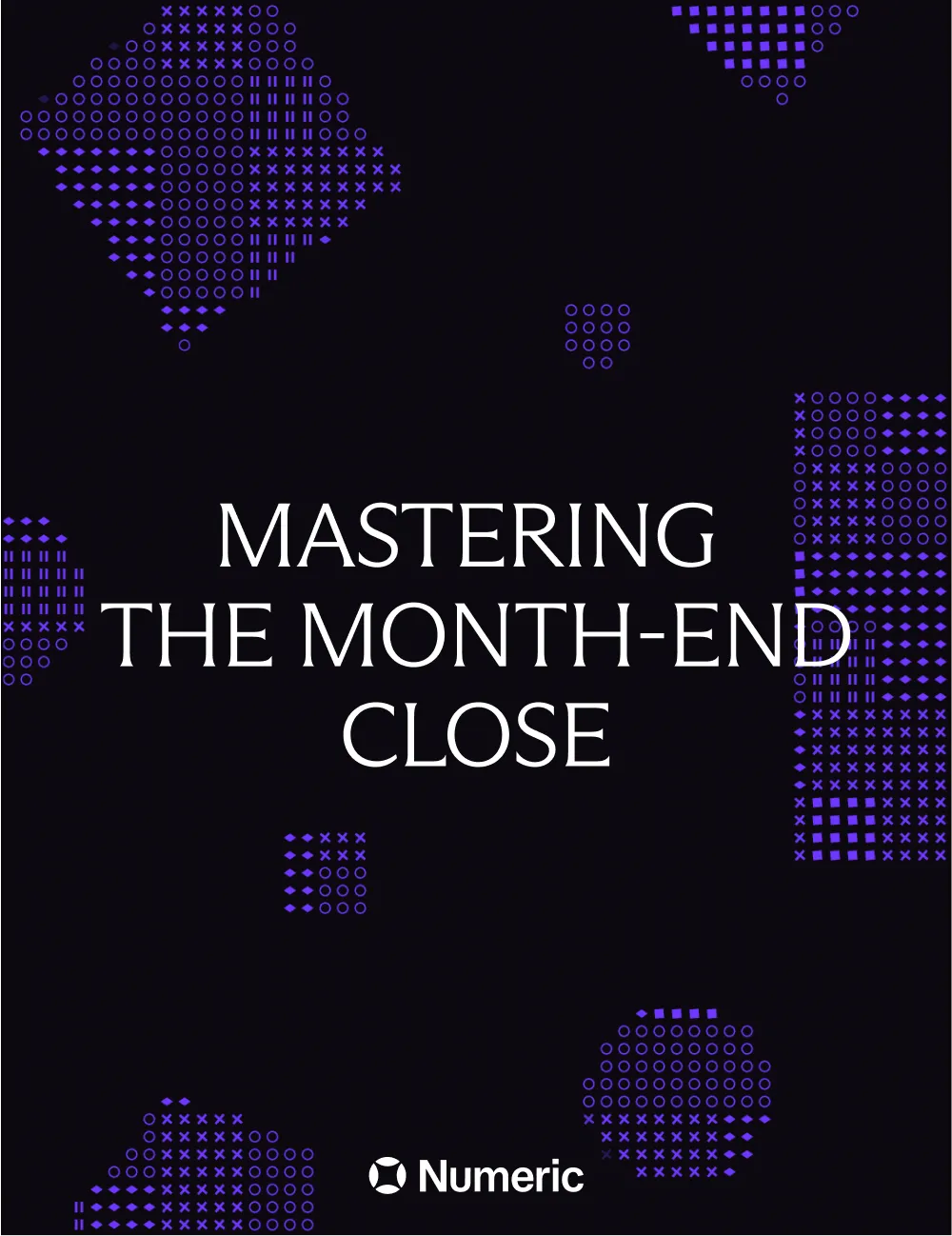

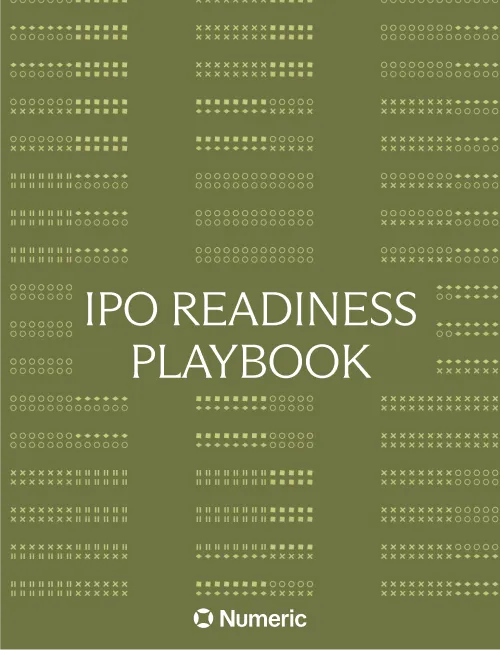
.webp)
